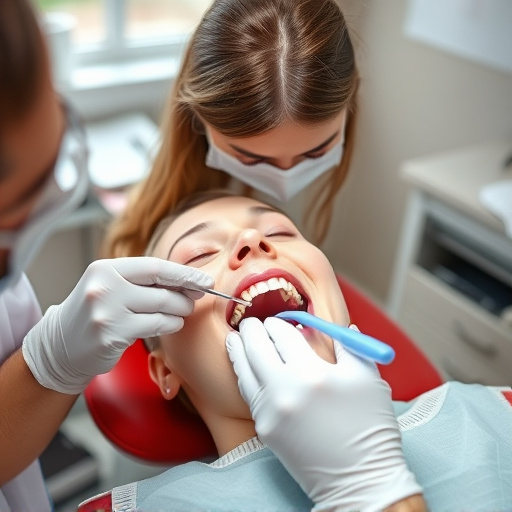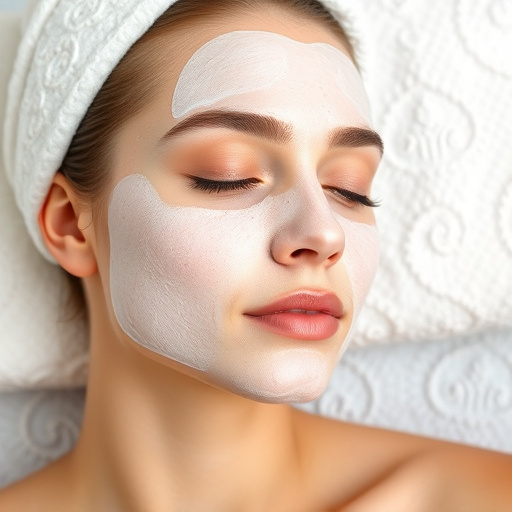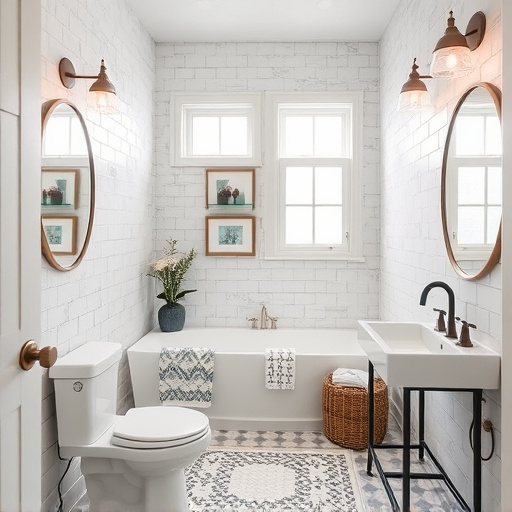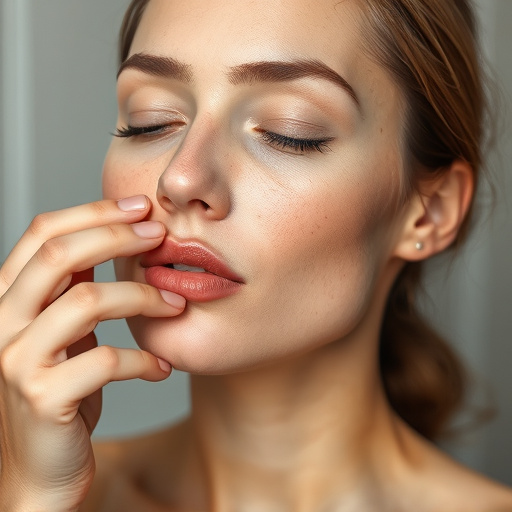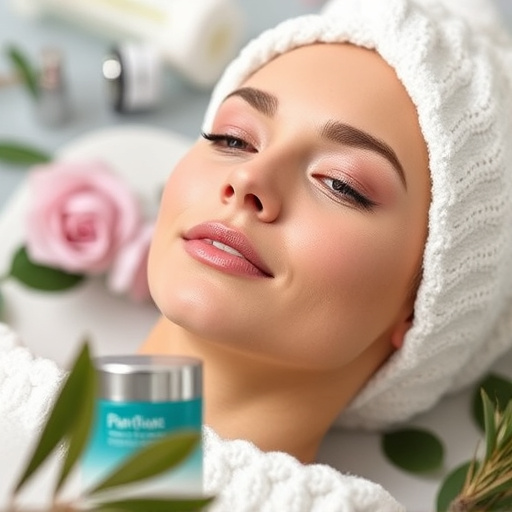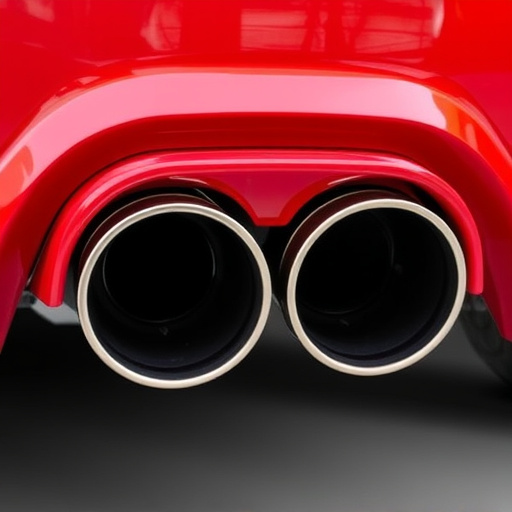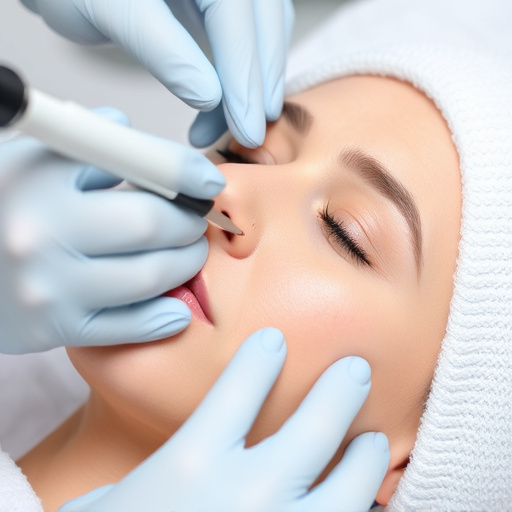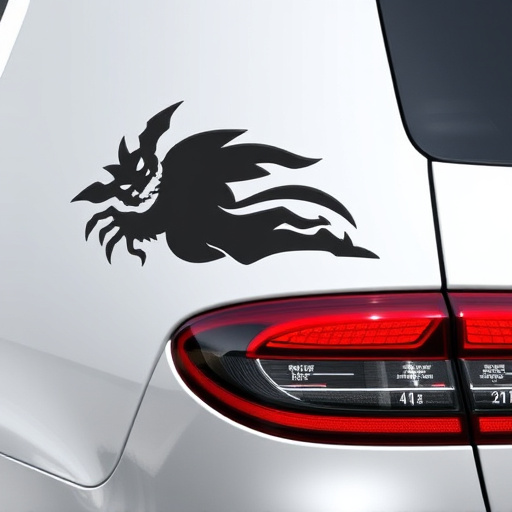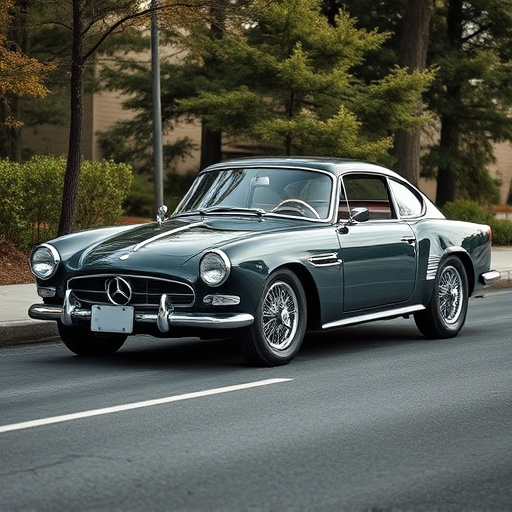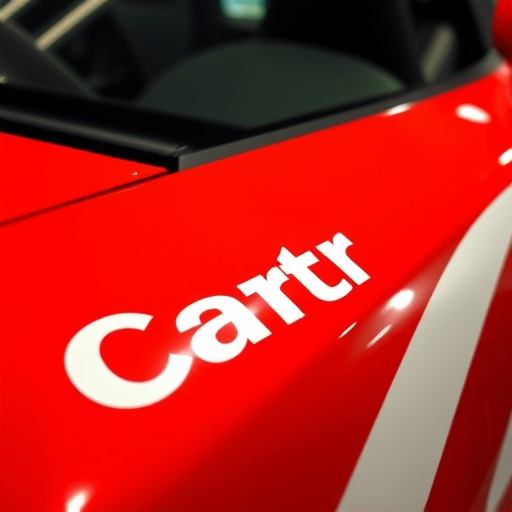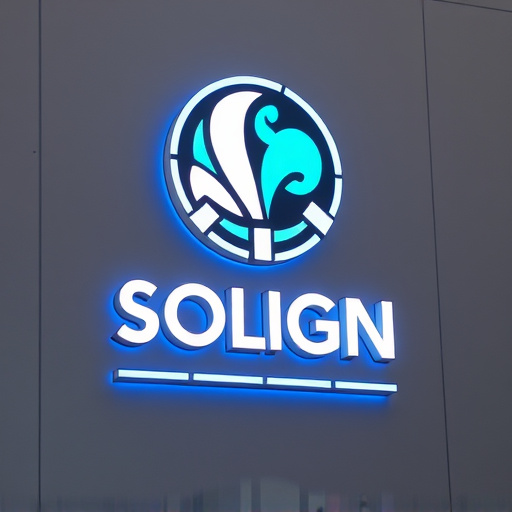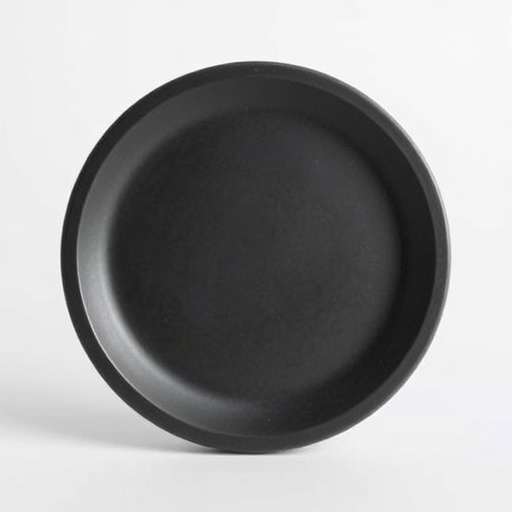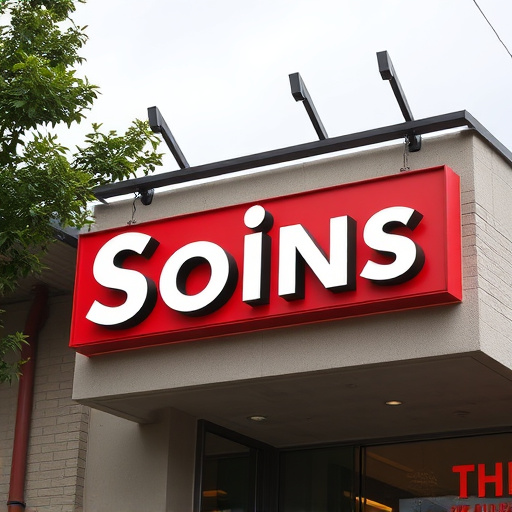Scratch-resistant coatings, utilizing advanced materials like polymer compounds and nanomaterials, protect consumer electronics and car paintwork from everyday damage. Application methods range from simple spraying to complex vacuum deposition, offering durability, self-healing abilities, and custom graphics integration. Ceramic and nanomembrane coatings provide exceptional aesthetic enhancement and robust scratch resistance for devices with curved surfaces or intricate designs. Professional installation of scratch-resistant films ensures precise fitting and long-lasting protection in demanding environments.
In today’s world, consumer devices are subject to constant wear and tear. A top-notch scratch-resistant coating can extend the lifespan of these devices, preserving their aesthetics and functionality. This article delves into the intricacies of scratch-resistant coatings, exploring the latest materials and technologies powering this game-changing protection. We’ll guide you through the best options for various consumer devices, highlighting performance and durability. Plus, learn about application methods to ensure optimal protection without compromising aesthetics.
- Understanding Scratch Resistant Coatings: Materials & Technologies
- Top Picks for Consumer Devices: Performance & Durability
- Application Methods: Ensuring Optimal Protection & Aesthetics
Understanding Scratch Resistant Coatings: Materials & Technologies

Scratch resistant coatings have become an essential part of modern consumer devices, offering protection against daily wear and tear. These innovative solutions are designed to safeguard delicate surfaces, maintaining their aesthetics and functionality over time. The key to understanding scratch-resistant technologies lies in the materials used. Modern coatings often employ advanced polymer compounds or even nanomaterials, providing a robust barrier against scratches and scrapes.
Various methods are employed to apply these protective layers, from simple spraying techniques to sophisticated vacuum deposition processes. Some high-performance coatings utilize cross-linked polymers, creating a hard, durable film that can withstand the pressure of daily use. Others may incorporate microscopic particles or nanostructures, enabling self-healing properties and enhanced scratch resistance. These technologies are not limited to smartphones and tablets; they also find applications in car customization, where professional PPF (Paint Protection Film) installations offer an extra layer of defense for vehicle paintwork, much like custom graphics on automotive bodies.
Top Picks for Consumer Devices: Performance & Durability

When it comes to protecting consumer devices from scratches, there are several top picks that stand out for their exceptional performance and durability. Among the best scratch-resistant coatings available, ceramic coatings have gained popularity due to their hard, non-porous surface that repels everyday wear and tear. These advanced coatings offer a sleek, glossy finish that not only enhances aesthetics but also serves as a powerful shield against scrapes and scratches.
For devices with custom graphics or those seeking automotive detailing levels of protection, nanomembrane coatings are another excellent choice. Their unique molecular structure provides exceptional flexibility while still maintaining incredible scratch resistance. This makes them ideal for devices with curved surfaces or intricate designs, ensuring that the coating adheres perfectly without compromising visual appeal.
Application Methods: Ensuring Optimal Protection & Aesthetics
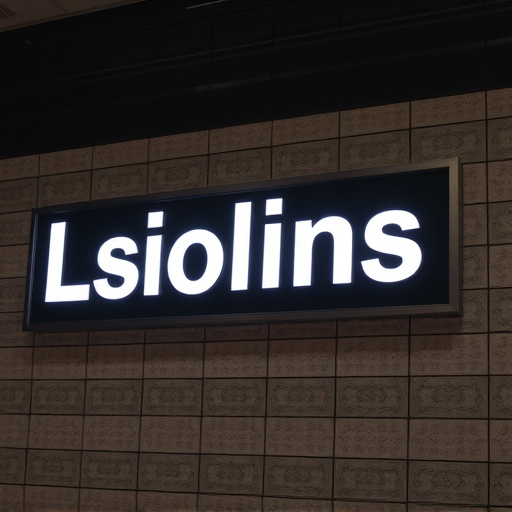
The application method plays a significant role in achieving optimal protection and maintaining the aesthetic appeal of scratch-resistant coatings on consumer devices. One popular approach is the use of specialized liquids or gels that are applied via spraying or dipping, allowing for even coverage and quick drying. This method ensures a thin yet robust layer, preserving the device’s original look while adding a protective barrier.
Additionally, advanced technologies like vacuum deposition and physical vapor deposition (PVD) offer precise control over coating composition and thickness. These techniques are particularly useful for creating hard, durable layers that resist scratches and even provide heat rejection benefits. Custom graphics can also be seamlessly integrated during application, enabling users to personalize their devices without compromising protection. Professional installation of scratch-resistant films (PPF) is another option, ensuring precise fitting and long-lasting performance, especially in demanding environments.
When it comes to safeguarding your consumer devices, a top-quality scratch-resistant coating is an indispensable investment. By understanding the science behind these coatings, selecting the right materials, and choosing the optimal application method, you can ensure your devices remain in pristine condition for longer. Incorporating a durable scratch resistant coating isn’t just about aesthetics; it’s about protecting your investment and extending the life of your cherished gadgets.
